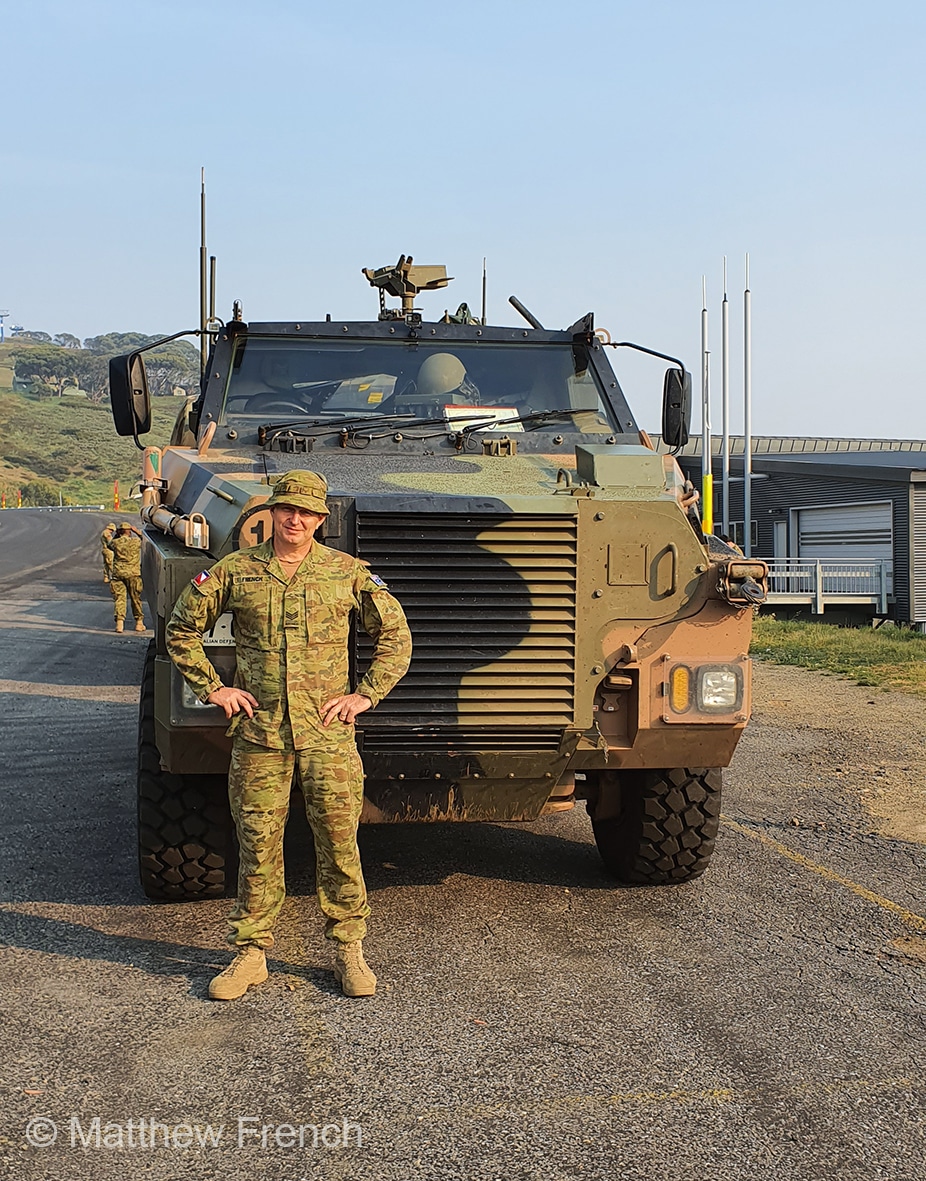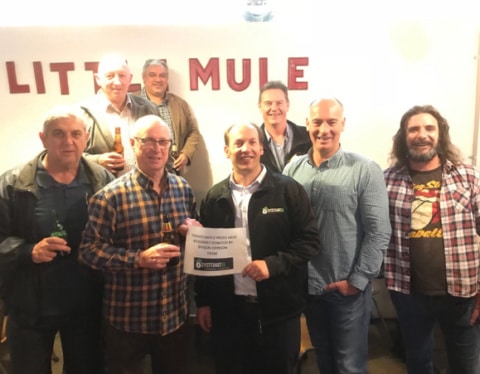Matthew French recently returned to work after longer than planned Christmas break.
Being a member of the Army Reserves, he was called to work on the bushfire crew around the Wangaratta and Hotham Heights region. Thankfully he and his crew were all safe, and managed to contain the damage without the extensive losses experienced in other regions.
There have been approximately 2,400 Army Reserve members deployed on three Joint Task Forces, covering Victoria, New South Wales, Tasmania, and South Australia.
Matt is one of our highly experienced training and delivery consultants with expertise in design, implementation and evaluation of training programs. He also has over 23 years’ experience in the Australian Army and continues to serve in the Army Reserves.
Matt was deployed as part of Joint Task Force 646.5 (JTF 646.5), made up with soldiers from 5th/6th and 8th/7th Battalion’s The Royal Victorian Regiment (5/6 & 8/7 RVR). As well as His posted unit 4th/19th Prince of Wales’s Light Horse Regiment (4/19 PWLH).
JTF 646.5 formed part of the larger combined JTF 646 that covered the State of Victoria.
Matt was away for a period of two weeks, with some members of the regiment still deployed and working in the region.
Matt said, “I’m grateful to be released on short notice from work, to be able to support Operation Bushfire Assist 19-20.”
Initially he was sent to Wangaratta, receiving taskings from the Ovens Incident Control Centre (ICC). Then Matt spent most of his time operating out of Bright.
During that time, he and his combined unit were working in and around the vast Alpine Ranges region that includes Dinner Plain, Mount Buffalo, Hotham Heights, Harrietville, Wandiligong, Cobungra, and Nug Nug.
Matt said that he felt fortunate not to have witnessed the devastation that other groups did. He and his unit initiated a lot of prevention work and mitigation of public infrastructure, such as clearing around buildings.
They also conducted route and critical infrastructure reconnaissance tasks, such as along power lines, which included clearing around old wooden power poles to minimize any potential fire hazards.
Matt also took part in the vital task of door knocking in several towns, serving evacuation notices to locals in the area.
Another part of Matt’s work involved contingency planning and preparation in support of other agencies including the State Emergency Service, and Victoria Police. A joint activity that involved hundreds of emergency and defence personnel and is proving to be one of our country’s largest natural disaster responses in history.
“Overall, the operation was a humbling experience both on a personal and professional level. The people we came across were so thankful for our presence and help, and we conducted tasks to enable agencies such as the CFA to do to what they do best.
A great effort Matt and we all thank you for your contribution.







